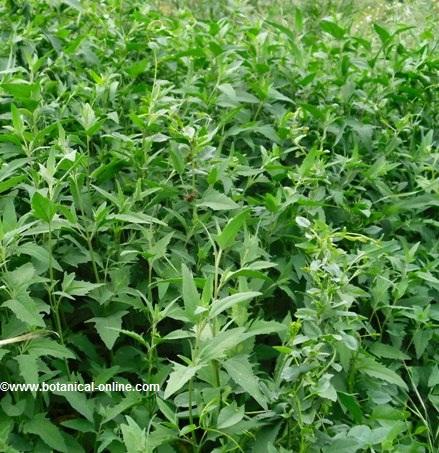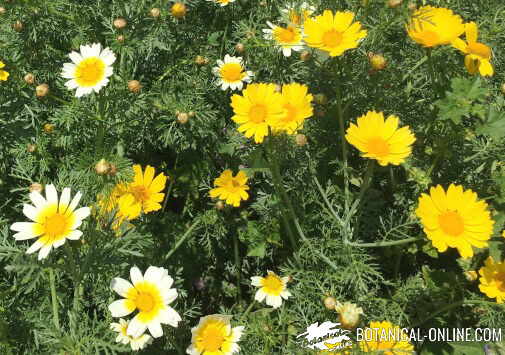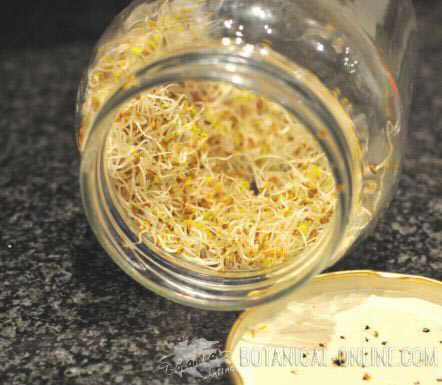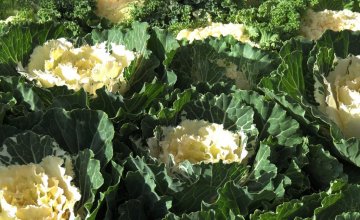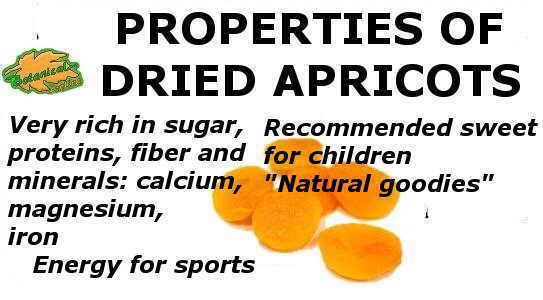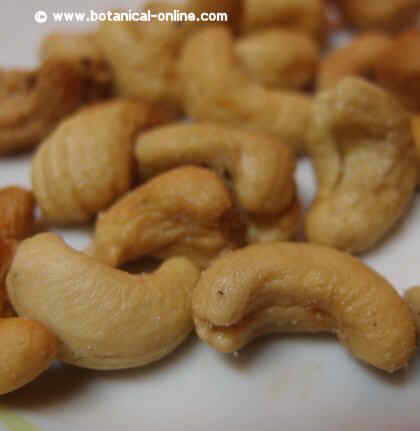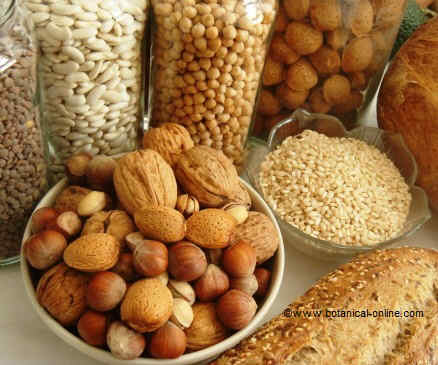Contents
- 1 Benefits of whole wheat
- 1.1 WHEAT AS FOOD AND THERAPEUTIC PROPERTIES OF WHEAT
- 1.2 Advantages of whole wheat
- 1.3 Whole wheat, rich in fiber, prevents constipation and helps fight colon cancer
- 1.4 Whole wheat, rich in phytosterols, prevents breast cancer
- 1.5 Whole wheat, rich in wheat germ, helps to lower cholesterol and prevent cardiovascular disease
Benefits of whole wheat
WHEAT AS FOOD AND THERAPEUTIC PROPERTIES OF WHEAT
Advantages of whole wheat
Whole wheat is one of the most complete plant foods. As shown in the table below, it contains a large quantity of minerals, especially potassium, phosphorus, magnesium, iron and zinc.
It is very rich in vitamin B complex, particularly thiamin, very suitable for nervous system, and niacin, which is necessary for the metabolism of carbohydrates into energy or for maintaining the health of the skin. Its content in vitamin E is very high.
Wheat has been used as food for thousands of years and has been probably the most widely used food since ancient times. Many civilizations such as the European one, have been sustained on it. Some archaeological sites have demonstrated how important this food has been to change from a nomadic hunting-and-gathering society to a sedentary culture that used agriculture as a primary method for food production. The first settlers of the early civilizations began to cultivate the grains of wheat and other cereals collected from wild plants to ensure food supply.
In today’s society wheat is used primarily for the production of bread, giving way to other cereals such as corn or rice for direct use in the kitchen. However, denying the possibility of using wheat as a cereal that can be used directly as food is to ignore the benefits of a very rich product, especially when eaten unrefined. Among its most recognized properties, in addition to those mentioned in the first paragraph, we can mention those which appear below.
Whole wheat, rich in fiber, prevents constipation and helps fight colon cancer
Whole wheat has a great amount of non soluble fiber. This type of fiber, as it is well known, helps prevent constipation.
By increasing the peristaltic movements of intestines, it promotes expulsion of the stool. By doing this, not only constipation is solved but harmful residues in the intestine do not have to be so long in contact with the intestinal mucous membrane, something that could be harmful. Removing feces easily and early is a good way to prevent the development of cancer cells in the colon.
Whole wheat, rich in phytosterols, prevents breast cancer
Whole wheat is rich in phytosterols, some components that neutralize the influence of estrogens on the development of breast cancer. Ingestion of bread is not only a good way to prevent the occurrence of breast cancer cells, but, because of its richness in fiber, it can aid to eliminate more quickly the presence of estrogens in the intestines, so they can be absorbed in less quantity.
Eating whole wheat, either bread or cooked whole wheat, is especially indicated in postmenopausal women who are undergoing estrogen therapy. Although it has not been proved that this type of treatment is directly responsible for the appearance of tumors in the breast, it is thought to be a risk factor. The use of wheat may reduce this risk.
Whole wheat, rich in wheat germ, helps to lower cholesterol and prevent cardiovascular disease
Whole wheat contains wheat germ. Wheat germ is rich in vitamin E, that, among other properties, has the advantage of lowering cholesterol. It has been proved that the intake of this vitamin helps improve the health of our circulatory system.
The ability of vitamin D to prevent arteriosclerosis occurs by preventing the oxidation of cholesterol and its deposition in the walls of the arteries. In this way, this vitamin prevents the formation of thrombi that impede circulation by narrowing the blood vessels. To some extent, we can say that vitamin D “cleans the arteries” and makes the chances of suffering a myocardial infarction, anginas or stroke much lower.
A good way to increase the intake of this vitamin, if we do not want to take it in supplement form, is to eat wheat products (bread, cookies, soups, etc) If you want to increase the daily ratio, you can choose to eat wheat germ. A simple daily spoonful of this product provides the amount you need each day.
Composition of whole wheat by each 100 gr. | |
| Water | 12.76 g |
| Calories | 329 kcal |
| Fat | 1, 92 g |
| Proteins | 15.40 g |
| Carbohydrates | 68, 03 g |
| Fiber | 12.2 g |
| Potassium | 340 mgs |
| Phosphorus | 332 mgs |
| iron | 3.60 mgs |
| Sodium | 2 mgs |
| Magnesium | 124 mgs |
| Calcium | 25 mgs |
| Copper | 0, 41 mgs |
| Zinc | 2.78 mgs |
| Manganese | 4, 05 mcg |
| Vitamin C | 0 mg |
| Vitamin A | 0 UI |
| B1 vitamin (Thiamin) | 0.504 mgs |
| B2 vitamin (Riboflavin) | 0, 110 mgs |
| B3 vitamin (Niacin) | 5, 710 mgs |
| B6 vitamin (Pyridoxine) | 0, 336 mgs |
| Vitamin E | 1440 mgs |
| Folic acid | 43 mcg |
* Related information: Wheat bran, Cultivation of wheat, Whole cereals compared to refined cereals
![]() More information about wheat.
More information about wheat.

